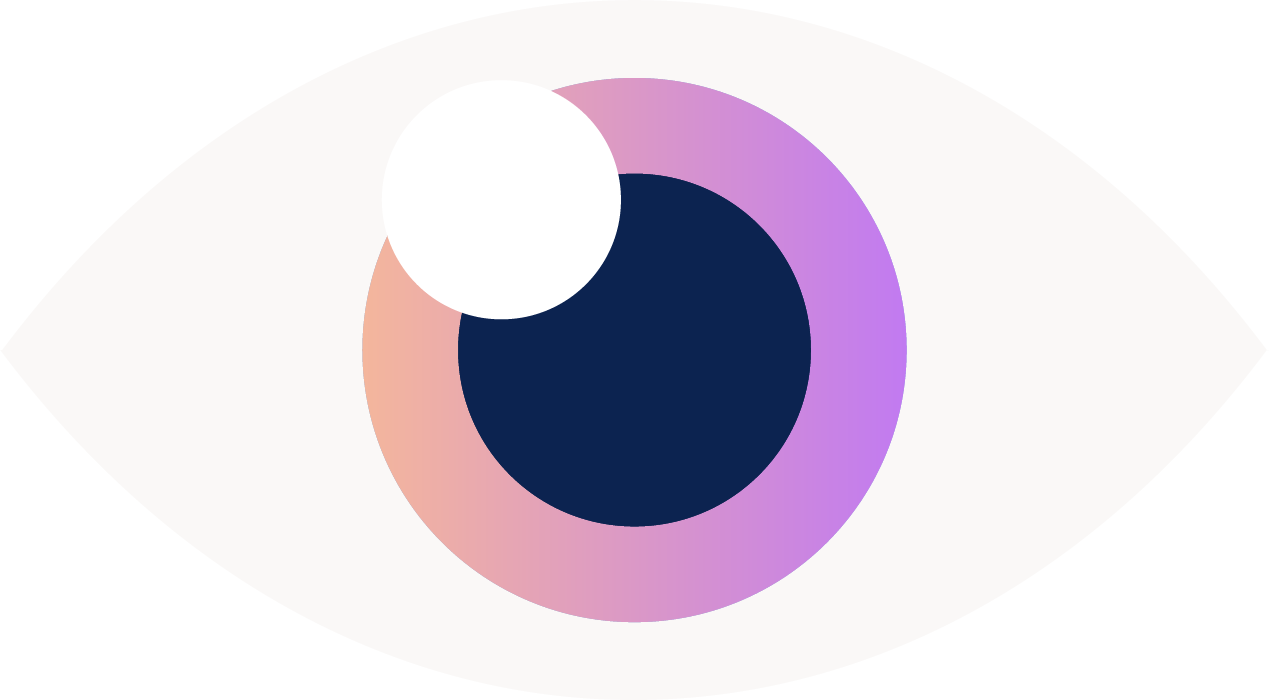Did Distance Learning Ruin Kids Eyes?
This is a huge concern for many parents whose kids participated in distance learning last year. And, it's a question they all ask me in the exam room as I'm telling them their child's glasses prescription has increased. As a mom to three young kids (7,9, and 11 years old) who also spent many months last year on devices for distance learning, I understand this fear.
Checking my daughter's eyes
Many ophthalmologists and optometrists were similarly concerned that we were going to see an increase in nearsightedness (myopia) with distance learning last year. Myopia has been correlated with excess near work and children spending 8-10 hours/day on devices is the very definition of excess near work. And, anecdotally in my office, I've noticed this. In Hawaii, kids in public school didn't return back to the classroom until about February/March of 2021. Older kids didn't get back until even later.
But, that's not evidence. That's just my opinion of what I've seen in my practice.
However, a study earlier this year examined the exact nature vision problems in school children during the COVID-19 quarantine. They assessed 195,000 test results of photo screening of school kids. A photo screen is an easy way for a pediatrician or a vision screener (like what we use at Project Vision Hawaii) to assess if a child is nearsighted.
The COVID-19 pandemic obviously affected China before it hit us in the U.S. As a consequence, they enacted home quarantine beginning in January 2020. The Chinese school year runs from January - January, so they were able to look at the year long effect of home confinement on the students.
They found that the prevalence or nearsightedness, or myopia, increased 1.4 to 3 times in Chinese children aged 6 to 8 years during COVID-19 quarantine. The highest increase was seen in the 6 year olds (3 fold higher) , dropping to 1.4 times higher in the 8 year olds. Kids 9-13 years old didn’t demonstrate much of a change.
It was conjectured that less time spent outdoors and more screen time may be important contributing factors in this increase in myopia. It was also further hypothesized that younger children’s refractive status is more sensitive to environmental changes, since before the pandemic, most 6-8 year olds were not extensively on devices vs. older kids. Meaning, your 12 year old might already have his own iPhone or iPad, but your 6 year old likely doesn't. So, older kids are used to spending time on these devices and the initiation of distance learning wasn't such a huge change for them.
So, yes in our house, there are days when our kids have a lot of screen time (especially on the days when we don’t have a sitter and have to take them to the office). We try to balance this with outdoor time (and yes, chores, as Arya mentioned but that’s just so they grow up to be responsible adults!)
I’m never about parent shaming. We all do the best we can for our kids, but armed with these results, we can make recommendations for our patients and kids which may help them in the long term.
Share this with a parent or pediatrician you know! And, I am fully aware that my daughter, Arya steals the spotlight in this video!
https://youtu.be/4VADMOMTRJo
Source: Wang J, Li Y, Musch D. Progression of myopia in school-aged children after COVID-19 home confinement. JAMA Ophthalmol. 2021; 139(3): 293-300.
.


